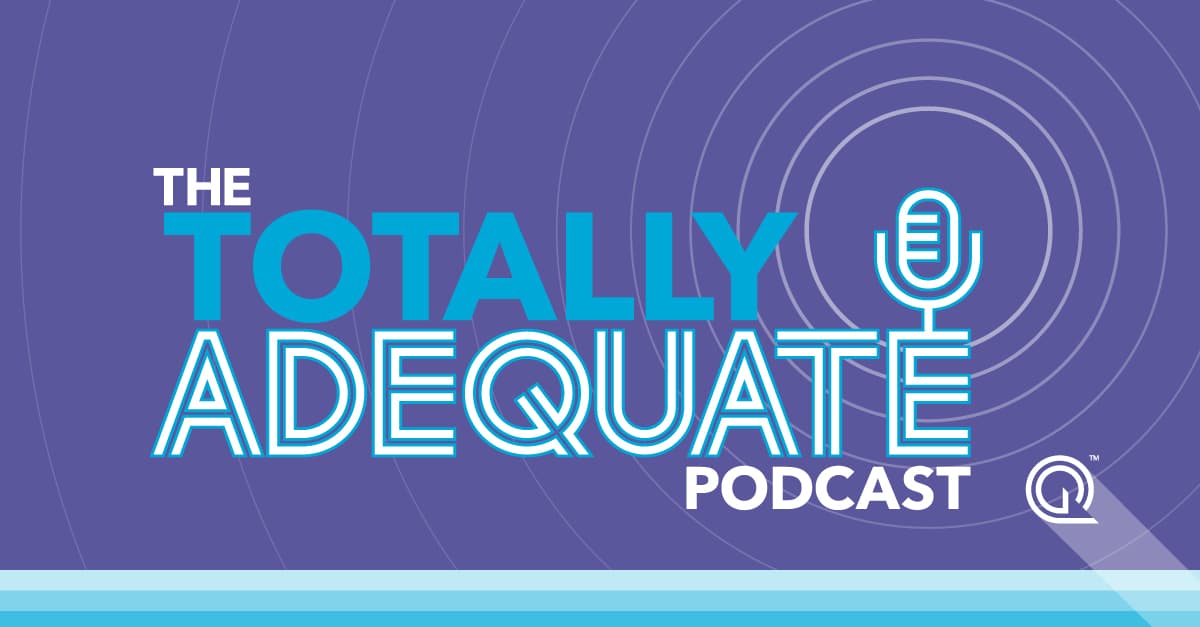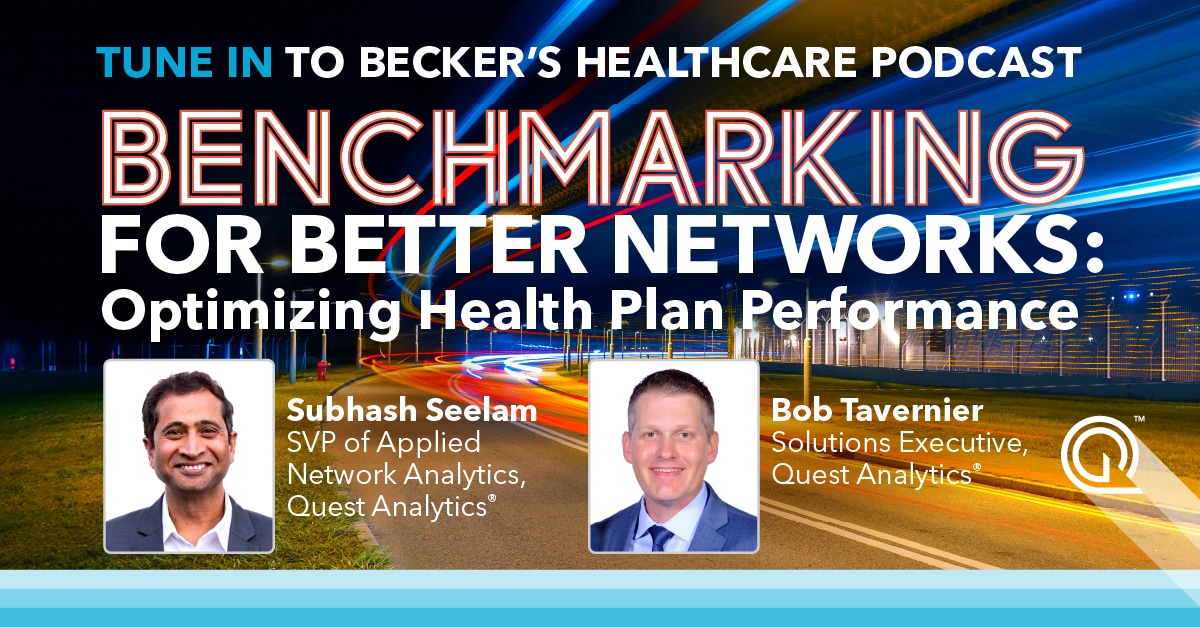Medicare Advantage Plans’ Provider Directory Data Still Found Inaccurate
In January 2018, The Centers for Medicare and Medicaid Services (CMS) released the results of their second round of Medicare Advantage (MA) online provider directory audits. The 2017 CMS provider directory data audit covered 12,780 locations for 55 Medicare Advantage health plans and found that 52.6% of the locations listed on provider directories had at least one inaccuracy. The “secret shopper”-style audit was conducted by phone between September 2016 and August 2017.
The following audit findings resulted in an inaccuracy:
- Provider not accepting the health plan at the location
- Provider not accepting new patients at the location
- Provider not practicing at the location
- Incorrect or disconnected phone number
- Closed or wrong practice
Based on the 2017 CMS audit results, the health plan provider directory data inaccuracy rate varied between 97.2% and 9.6%. As a result, CMS issued the following actions:
- 12 Medicare Advantage health plans with error rates between 97.2%- 60.9%, were issued a warning letter with a request for a business plan to define fix for the issue
- 19 Medicare Advantage health plans with error rates between 58.3%-40.1%, were issued a warning letter
- 23 Medicare Advantage health plans with error rates between 38.8%-10.4%, were issued a notice of non-compliance
- 1 Medicare Advantage health plan with error rate of 9.6% passed the audit with no compliance action
2016 CMS MEDICARE ADVANTAGE PROVIDER DATA AUDIT
Back in 2016 when CMS conducted its first audit review of Medicare Advantage health plan provider directories, 45% of locations listed were inaccurate. This year’s results show very little to no improvement as each review of audits were conducted with slightly different methodologies. However, the results of the study are dire, and health plans are advised to take immediate corrective actions.
INACCURATE PROVIDER DATA POSES A STAR RATING RISK
This news comes in the wake of Medicare Advantage membership growing by 8 percent. It’s imperative for every health plan to get this data right to offer the best possible member experience. For Medicare Advantage health plans this is not just compliance issue, but also means that the decreased member experience scores could even impact negative the Medicare Star Ratings.
2017 CMS FINDINGS INDICATE COMMON DRIVERS OF PROVIDER DATA INEFFICIENCIES:
- Group practices continue to provide data at the group level rather than at the provider level. Provider directories conveyed an inflated number of locations where the provider practices.
- A general lack of internal audit and testing of directory accuracy. Medicare Advantage health plans must implement internal oversight of their processes for data validation.
- Too many instances where providers were deceased or retired for several years. Medicare Advantage health plans must proactively reach out to providers for updated information on a routine basis.
WHAT ARE THE MAJOR CAUSES FOR PROVIDER DIRECTORY DATA INACCURACIES?
BetterDoctor team has worked on provider data accuracy problems for six years, and we have identified the following causes for data inaccuracies:
- 20% provider data changes each year
- Providers are contracted with multiple health plans and don’t always notify each plan on changes
- Average provider practices in 2.7 practice locations
- Provider Group rosters often contain inaccurate practice addresses and inflated number practice locations
- Current phone and fax-based data collection methods are prone to errors
WHAT ARE THE STEPS TO IMPROVE YOUR DATA QUALITY?
BetterDoctor team works with multiple health plans and 500,000 providers each quarter. Over the years, we have developed innovative processes that enable us to validate provider data directly from the providers, practices and provider groups. We clean up the inaccurate provider data and maintain data accuracy over time. We have identified five lessons that have helped us and will help you to improve your provider directory data quality:
1) Collect Missing Attributes; Up to 50% of Provider Data Attributes Are Missing
While analyzing data from dozens of health plans we have discovered that it’s often not just about data accuracy and validation, but also about collecting the missing data attributes. The most common missing directory data attributes include the following (not all attributes are required by CMS Medicare Advantage):
- Office Hours
- Staff Languages
- Specialities
- Middle Names
- Additional Phone Numbers
- Fax Numbers
- Emails
- Websites
- Types of Affiliations
- ADA Accessibility
2) Multimodal Outreach Campaigns Work Best and Deliver the Highest Response Rate
In 2015, BetterDoctor started its large-scale data validation operation by making phone calls, and we quickly learned that providers, practices and provider groups have different communication preferences. During 2016 AHIP Pilot we created multimodal outreach processes that use five different communication channels:
- Fax
- Phone
- Voice Mail
After implementing the multimodal outreach campaigns, the quarterly response rates have improved from 40% to up to 70%.
3) Use Online Attestation Tools to Collect Data and Minimize Errors
We have conducted multiple tests on sending faxes to provider offices and have requested them to fix errors in their demographic information and fax the validation document back to BetterDoctor. We quickly learned that it was impossible to collect accurate information via fax or mail so we built processes that would drive providers online and reduce their administrative burden. Today, we receive 96% of the data attestations via online tools optimized to minimize human errors.
*4) Provider Group Roster Data is Often Inaccurate, Use with Care *
We work with multiple medical groups and hospitals and have learned that the incentives of maintaining accurate provider data are not always aligned between the health plans and provider groups. The common reasons why provider group roster data is inaccurate:
- Provider data is delivered to health plans monthly in large roster files
- Often groups have no internal provider data update or validation processes
- Groups often add providers to all practice locations to ensure smooth claims processing
- No direct regulatory requirements to maintain standard of accuracy
- Many groups are rapidly growing by acquisitions
5) Educate Providers and Provider Groups
To align the provider, provider group and health plans efforts to increase provider directory data quality, it’s critical to educate the providers and groups about the benefits of accurate provider data. Providers who understand the health plan provider directory update requirements are much more likely to update and comply with the requirements. It’s important to not just communicate with providers and groups that regulations exist, but we also need to underscore the following things:
- The name and purpose of the regulation
- Frequency data update requirements
- The provider benefits of having accurate directory listings
WANT TO LEARN MORE ABOUT OUR WORK ON PROVIDER DATA MANAGEMENT AND ATTESTATIONS?
BetterDoctor is a leader in provider data management and operates national primary source data attestation processes in all 50 states covering more than half a million unique providers on behalf of multiple health plans, exchanges and other healthcare organizations.








